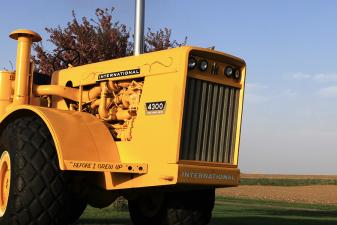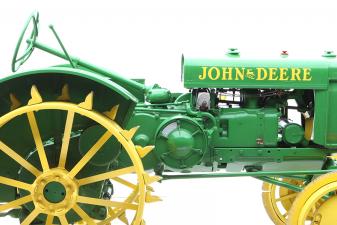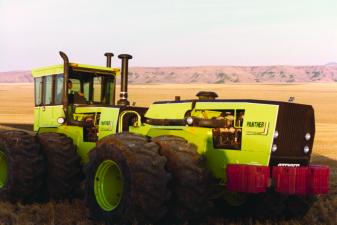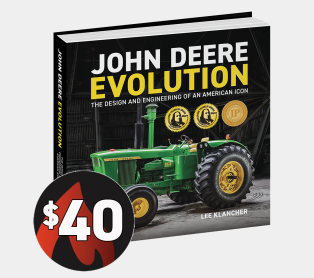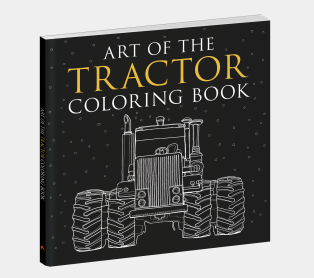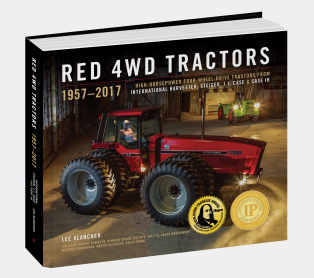Revolutionary Tractors: The John Deere 4010

Between the John Deere 4010 and the International 1206, we posed the question: Which model was more influential to tractor history? We asked, and you answered! (Check out the poll on the Octane Press Facebook page) Here we present the winner, the John Deere 4010, totaling 57% of the votes. In this Octane FUEL blogpost, author and photographer Lee Klancher explores the development of the 4010 amidst the revolutionary Deere & Company New Generation initiative that flipped the table on the entire farm-machine industry.
In a former Waterloo grocery store known to its denizens as the “butcher shop,” a group of engineers sequestered away from day-to-day plant operations created the earliest designs for the largest of the all-new John Deere tractors. The team was given broad parameters developed by upper management with input from HDA. Deere & Company President Charles Wiman had famously suggested that the only carryover design element from the previous machines should be the green and yellow paint, but not even that was sacred on the design board; concept drawings depicted yellow tractors with inset stainless steel panels, and even brown tractors.
The most styling attention was given to the hood. The curves were carefully designed to look “right” from any angle. This subtlety was felt to be a crucial way to distinguish the machine in the marketplace. The hood was complemented by seamless surfaces—every screw head and panel junction possible was concealed.
The hydraulic system, transmission, frame, bodywork, hitch, and control systems—nearly every functioning system on the new tractor—were redesigned and improved, but the new engine sitting under that seamless hood was the big story, with more than two cylinders. The butcher boys in Waterloo initially designed a V-6, and according to engineer Merle L. Miller, the author of Designing the New Generation, it was developed all the way up to testing phase. The V-4 and V-6 designs were eventually abandoned due to excessive build costs and the extra width required for the V configuration. The engine layout was changed to an inline four- and six-cylinder. This engine design evolved, but the configuration lasted.
The program had begun in 1953 with the intention of having finished machines ready to roll out in 1958. As the designs progressed, it became apparent that redesigning every single system properly would take more time. While the new line was delayed, the 20 series was “redesigned” and released as the 30 series.
Finally, in 1960, the new machines were introduced with tremendous fanfare. More than 6,000 people were flown to Dallas, Texas. At noon on August 30, when Tish Hewitt, the wife of Deere leader Bill Hewitt, cut the bow on a giant package near the jewelry counter at the downtown Neiman Marcus department store, the package opened to reveal the new 3010, with diamonds taped to its flanks and a diamond corset on its muffler. The weekend gala was a massive party, capped off with a fireworks display at the Cotton Bowl.
Four models were introduced at a gala event in Dallas, Texas, in August 1960: the 3010 and 4010, as well as the 1010 and 2010. John Deere’s New Generation may have arrived glittering in jewels, but the machines were conceived in an old grocery store in Iowa.
This Model 4010 New Generation is serial number 1000, the first Model 4010 manufactured.
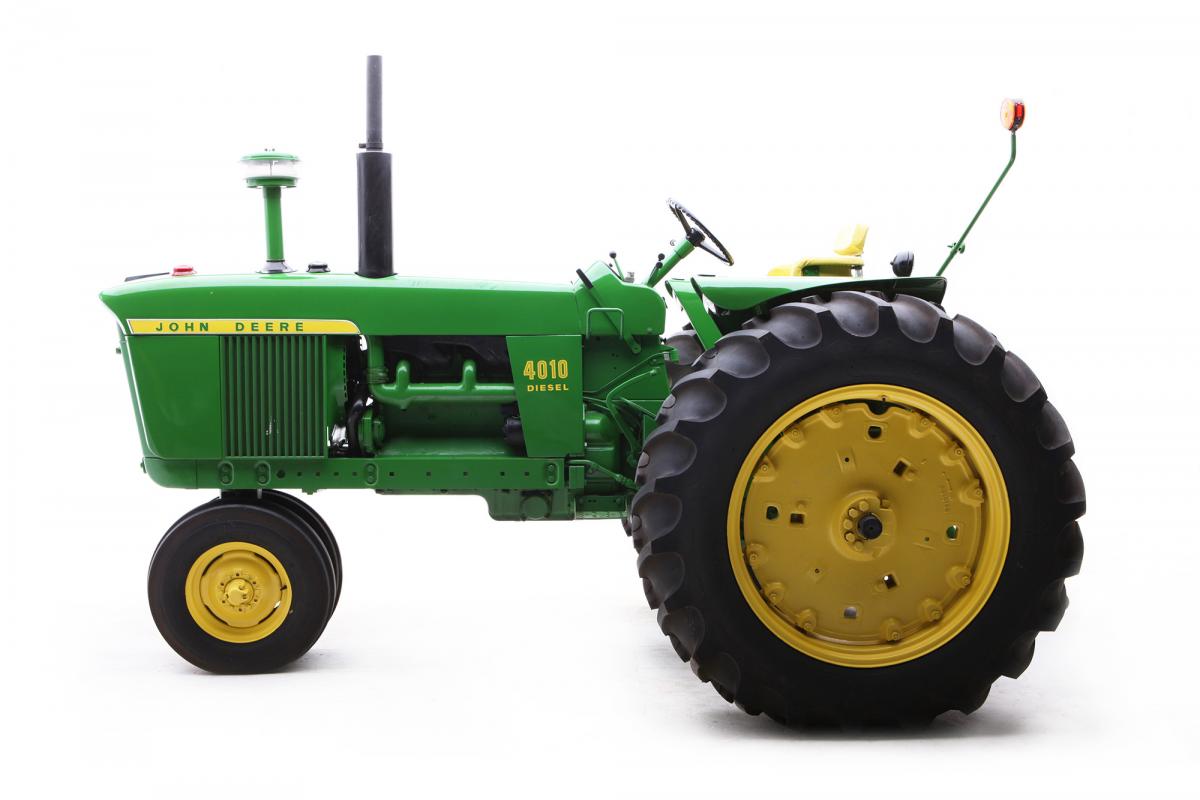 John Deere tractors prior to the New Generation placed the operator behind or above the rear wheels. When the front wheel hit a bump, the shock was transmitted to the operator. The New Generation tractors place the operator in front of the back wheels, improving operator comfort. Lee Klancher
John Deere tractors prior to the New Generation placed the operator behind or above the rear wheels. When the front wheel hit a bump, the shock was transmitted to the operator. The New Generation tractors place the operator in front of the back wheels, improving operator comfort. Lee Klancher
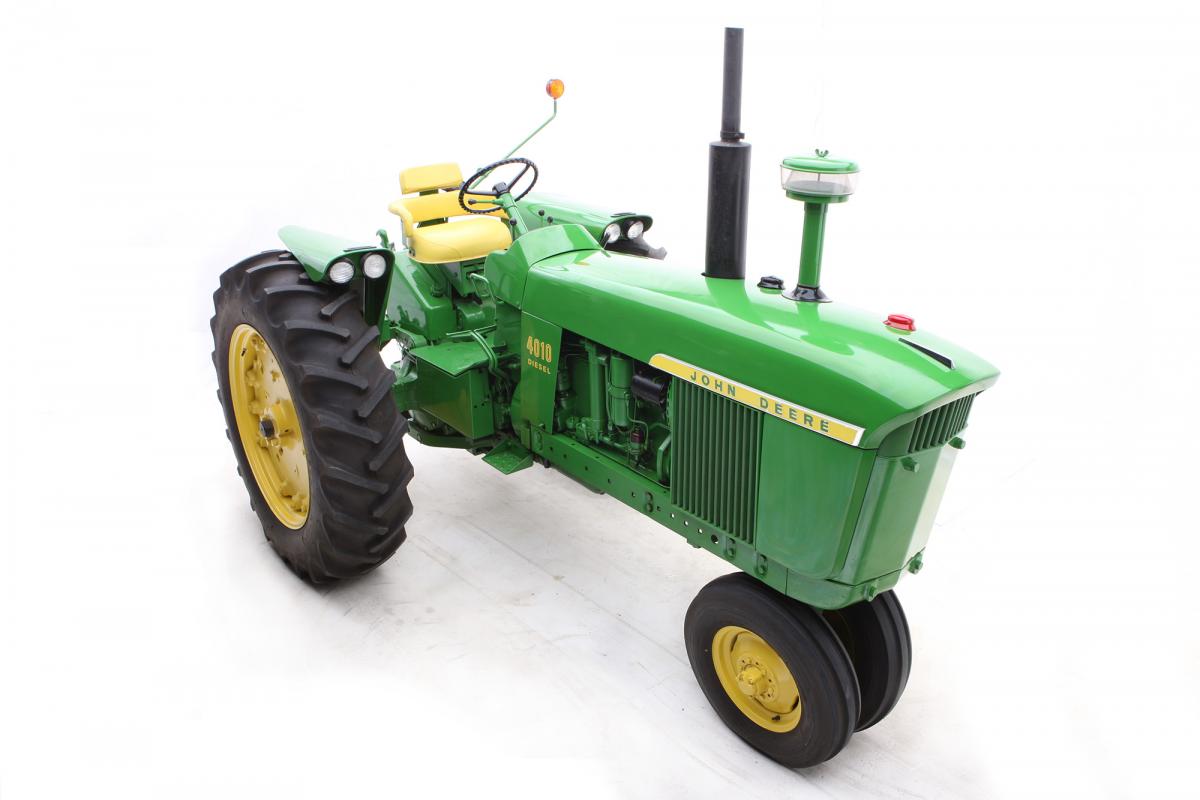 One early objective with the New Generation tractors was to keep them compact while dramatically increasing horsepower. The 4010 wheelbase is only about six inches longer than the Model 730, and PTO horsepower increased from 56.7 to 84.0. Lee Klancher
One early objective with the New Generation tractors was to keep them compact while dramatically increasing horsepower. The 4010 wheelbase is only about six inches longer than the Model 730, and PTO horsepower increased from 56.7 to 84.0. Lee Klancher
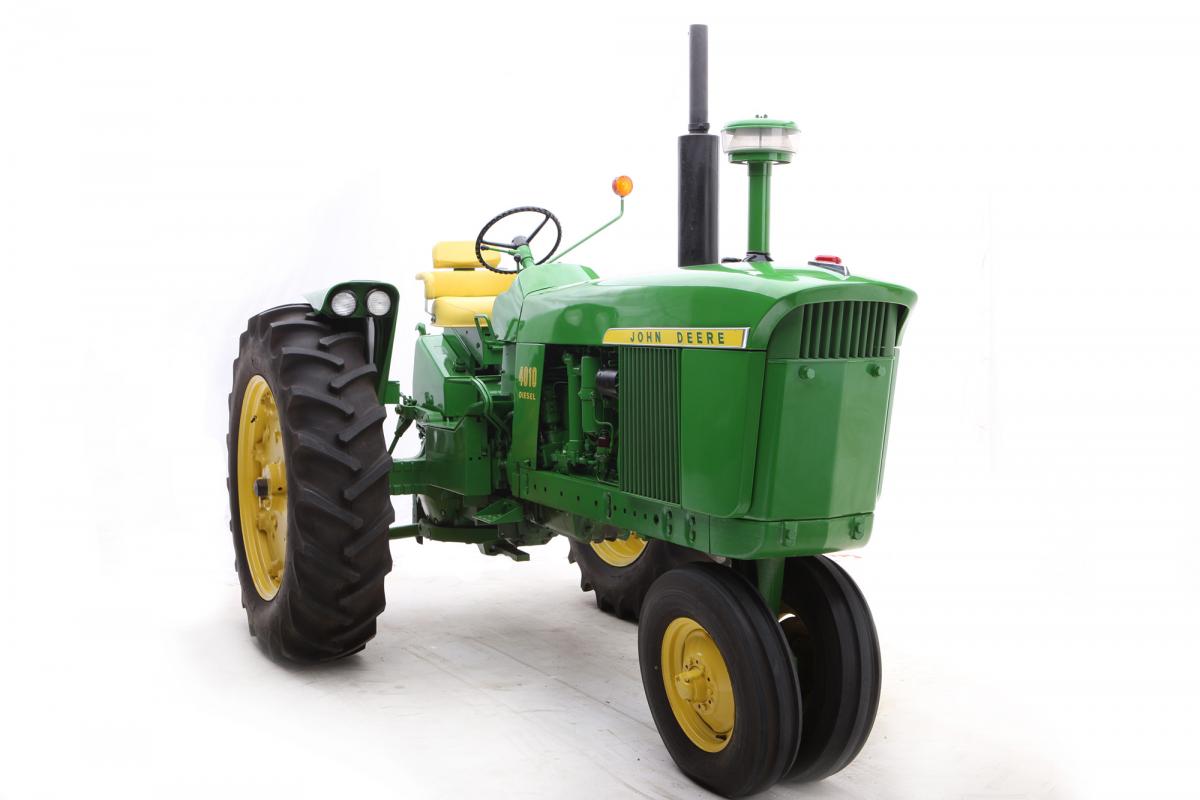 The fuel tank for the New Generation was placed near the steering column. This created the need for a purely hydraulic steering system. Perfecting this system required inordinate engineering time. Plus, test drives were somewhat hazardous, as the early system tended to lock up or drift. Lee Klancher
The fuel tank for the New Generation was placed near the steering column. This created the need for a purely hydraulic steering system. Perfecting this system required inordinate engineering time. Plus, test drives were somewhat hazardous, as the early system tended to lock up or drift. Lee Klancher
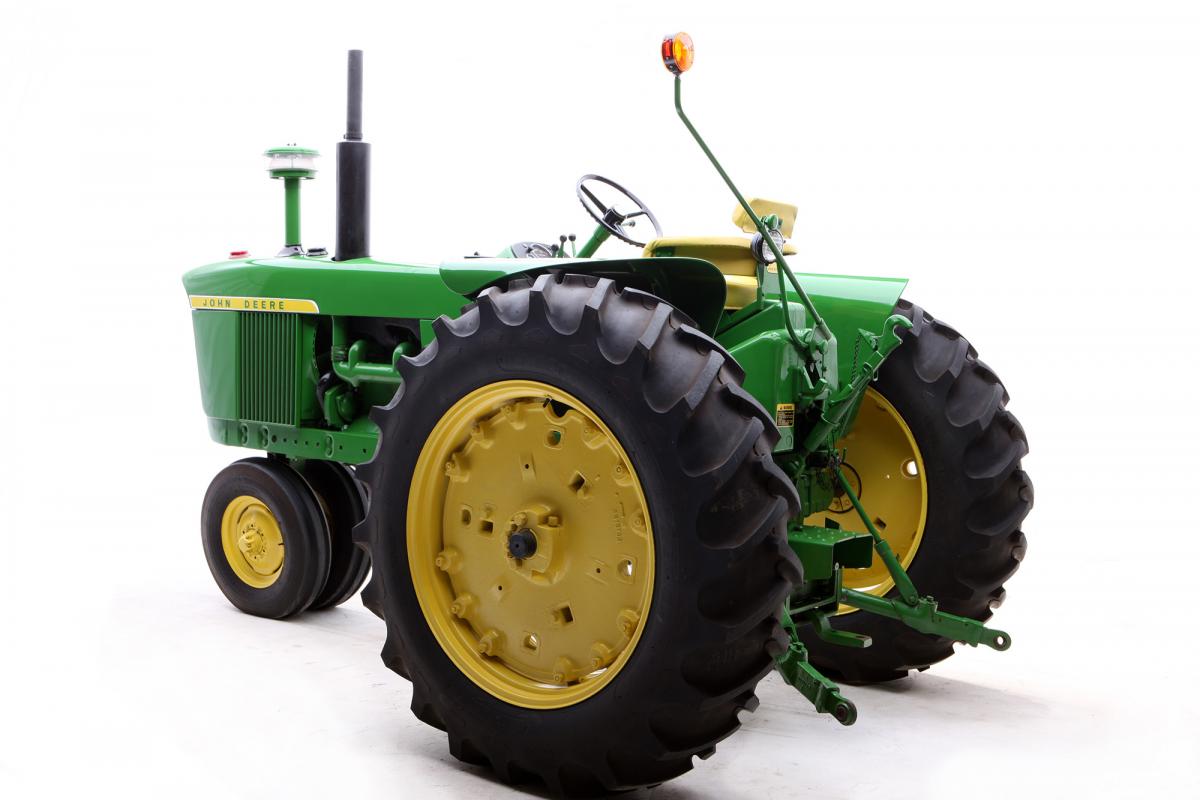 The hydraulics, transmission, brake, and three-point hitch system on the New Generation tractors were new designs, each exhaustively (and secretively) field-tested. The hydraulic system introduced was a closed-center, high-operating-pressure system like those commonly used in 1950s aircraft and machine tool production. The powerful system was not commonly used in agriculture until the New Generation was introduced. Lee Klancher
The hydraulics, transmission, brake, and three-point hitch system on the New Generation tractors were new designs, each exhaustively (and secretively) field-tested. The hydraulic system introduced was a closed-center, high-operating-pressure system like those commonly used in 1950s aircraft and machine tool production. The powerful system was not commonly used in agriculture until the New Generation was introduced. Lee Klancher


